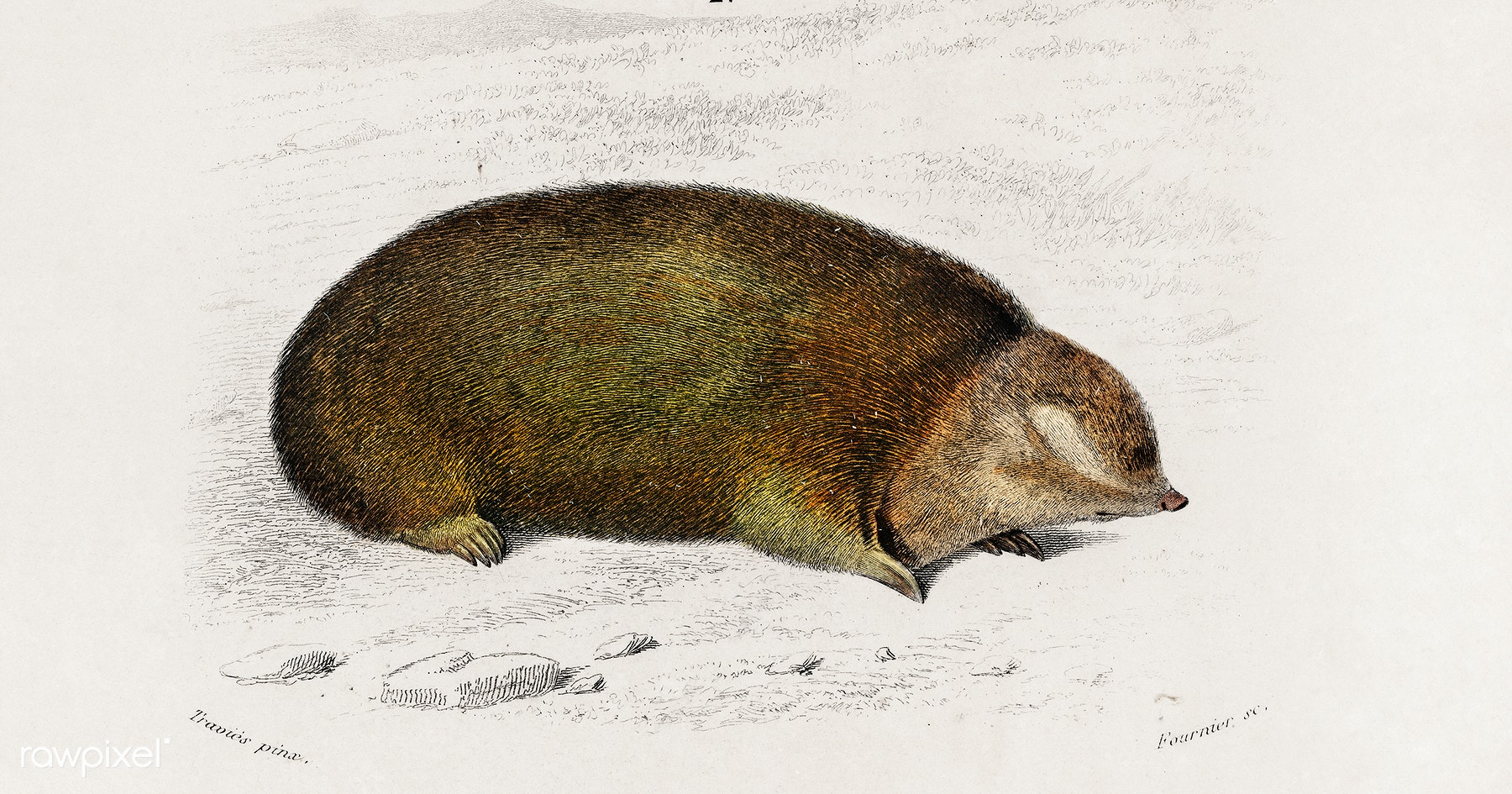Water Animals,
Back to Home
RODENTS:
Here are some facts about Moles, Rats, and Mouse.
Mole:
- Moles have specially designed curved front paws and claws; they use their unique appendages as a sort of shovel to create their long tunnels and underground homes with.
- Moles have the ability to dig up to 18 feet in one hour.
- Moles are found on every continent except for Antarctica and South America. They do not hibernate, moles work year-round tunneling and hunting for their prey. During the winter season, they will tunnel down deep below the frost.
- Moles have very poor eyesight and are color blind; however, despite what most people believe, they are not completely blind. Their very small eyes are covered in fur and are hard to locate. They use a specialized scent sensor on the tip of their nose to locate their prey.
- Moles eat their body weight in earthworms each day; that equals out to be over 50 pounds of worms per year. Also, if accessible they will happily dine on insect larvae and slugs.
Facts found at, https://easyscienceforkids.com/all-about-moles/

"Shrew (Sorex) and Golden mole (Chrysochloridae) illustrated by Charles Dessalines D' Orbigny (1806-1876). Digitally enhanced from our own 1892 edition of Dictionnaire Universel D'histoire Naturelle." is licensed under CC0 1.0
Mouse:
- A mouse or plural mice is a small mammal from the rodent order of animals.
- Mice have a pointed snout, small rounded ears, and a long almost hairless tail.
- There are more than 30 known species of mice.
- The house mouse is the best known type of mouse and is a popular pet variety. Other mouse species seen in and around the house are the field mouse, the American white-footed mouse and the deer mouse.
- Mice are usually nocturnal animals. They have poor eyesight but make up for this with their very good hearing and smell.
Facts found at, http://www.sciencekids.co.nz/sciencefacts/animals/mouse.html

"Mouse baby cleaning itself" by Radagast is licensed under CC BY-NC 2.0
Rat:
- Rats take care of injured and sick rats in their group.
- Without companionship rats tend to become lonely and depressed.
- Rats have excellent memories.
- When happy, rats have been observed to chatter or grind their teeth.
- Rats make happy “laughter” sounds when they play.
Facts found at, https://onekindplanet.org/animal/rat/

"Rat B's inky eyes" by Big Fat Rat is licensed under CC BY-NC-ND 2.0

This work is licensed under a Creative Commons Attribution-NonCommercial 4.0 International License.





